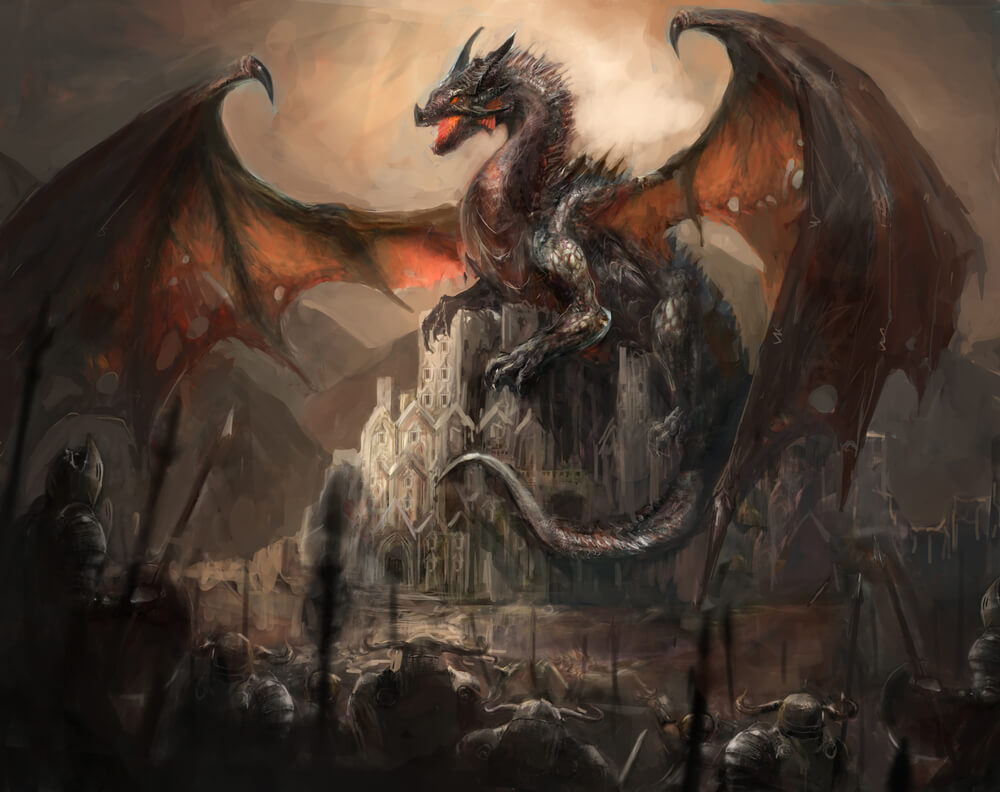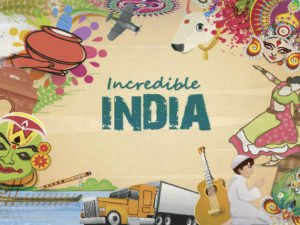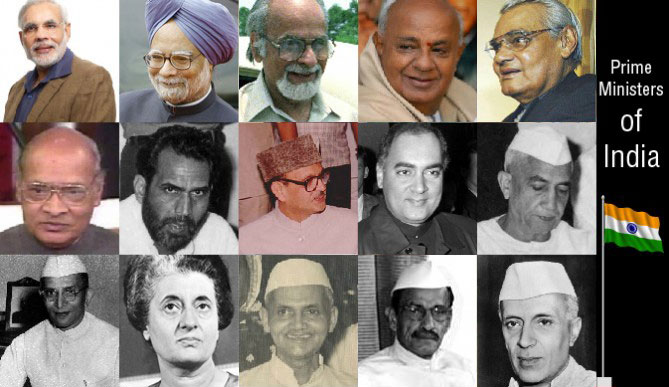Let us look at the many reasons why we celebrate the festival of lights, Diwali.
What exactly is Diwali?

Diwali, or the Holiday of Lights, is India’s most important festival, celebrated by millions of people. Although Diwali is a Hindu festival, Jains and Sikhs also celebrate it. This important Indian festival has various historical and mythical ties which we will discuss later.
When do we celebrate Diwali?
People celebrate Diwali, exactly 20 days after the Dussehra festival. In the year 2022, Diwali falls on 23rd October 2022 and continues for five days. On each of these days, people observe different festivals, namely, Dhanteras, Naraka Chaturdasi, Lakshmi Puja, Govardhan Puja, and Bhai Dooj.
Diwali has a deep-rooted significance in both history and mythology. In India, people celebrate Diwali because of the following 12 reasons.
1. After Ravana’s defeat, Rama returned to Ayodhya.
According to the Hindu epic Ramayana, after conquering the evil king Ravana, Lord Rama, his brother Laxmana, and his wife Sita returned to Ayodhya after a 14-year exile. The people of the kingdom celebrated their return with lights, thus, earning Diwali the name “Festival of Lights”.
2. The birth of Goddess Lakshmi.
Another common myth is that Diwali commemorates the birth of Goddess Lakshmi from Samudra Amntham, the churning of the cosmic ocean of milk by the gods and demons. Furthermore, Lakshmi picked Vishnu as her spouse and wedded him on Diwali night.
3. Krishna killed the demon Narakasura.
In the Dwapara yuga, Lord Krishna, an incarnation of Lord Vishnu, slew the demon Narakasura, the wicked ruler of Pragjyotishapura, near modern-day Assam, who had imprisoned 16,000 ladies.
People in the Braj area of northern India, sections of Assam, and southern Tamil and Telugu groups, celebrate Narak Chaturdashi as the day Krishna killed Narakasura
3. Pandava’s journey back to Hastinapur.
The five Pandava brothers were duped into losing a gambling bet, and their Kaurava relatives exiled them for 12 years. According to the Hindu epic Mahabharata, the Pandavas returned to Hastinapur on Kartik Amavasya.
4. Vishnu saved Lakshmi from King Bali.
Lord Vishnu, in his fifth Vaman-avatar, freed Goddess Lakshmi from King Bali’s jail. Furthermore, on this day, Lor Vishnu exiled King Bali to the netherworld.
5. Coronation of Maharaja Vikramaditya.
On Diwali, the legendary Hindu ruler Vikramaditya’s coronation took place. In history, he is always portrayed as a model king known for his benevolence, bravery, as well as the support of intellectuals.
6. Bandi Chhor Diwas.
Diwali is also associated with a historical event in Sikhism. On Diwali, Mughal ruler Jahangir liberated Guru Hargobind, the sixth Sikh Guru, and 52 other Hindu princes from prison.
7. Mahavira Nirvana Diwas (Nirvana Day).
Jainism also observes Diwali commemorating the anniversary of Mahavira’s soul’s Nirvana. Mahavira is the twenty-fourth and last Jain Tirthankara of the current cosmic period, and on the Chaturdashi of the Kartik month, he obtained moksha.
8. Maharshi Dayananda obtained Nirvana.
Maharshi Dayananda, the founder of Arya Samaj, reached Nirvana on the new moon day of Kartik.
9. Kali Puja

Kamalatmika Jayanti is the day of the incarnation of Kamalatmika, the last manifestation of goddess Mahakali, according to the Kalikula sect of Shaktism. Furthermore, the day coincides with Deepawali. Kali Puja is observed in Bengal, Mithila, Odisha, Assam, Sylhet, Chittagong, and the Maharashtra town of Titwala.
10. Diwali as a New Year’s Eve
Diwali marks the beginning of a new year in western states such as Gujarat as well as certain northern Hindu populations in India.
11. End of the harvest season
Another prevalent myth is that Diwali began as a harvest festival, commemorating the year’s final harvest before winter.
What are some of the most beautiful Diwali locations in India?
1. Udaipur

Every year, hundreds of people go to Udaipur, popularly known as the “City of Lakes,” for the magnificent light festival. Udaipur, in the western state of Rajasthan, hosted the inaugural Udaipur Light Festival roughly six years ago, and it is now a regular favourite for both locals as well as visitors. It is one of the city’s most magnificent celebrations, with thousands of lanterns ignited and thrown into the sky to float across the lakes. Although this year’s event won’t be the same owing to coronavirus difficulties, the lanterns will be visible for miles and it’s definitely one to put on your bucket list for the future.
2. Kolkata
Neighbourhoods in the “City of Joy” come alive with fireworks, candles, lamps, as well as Diyas. In addition, inhabitants bring offerings to the Goddess Kali ranging from meat and fish to flowers and sweets. Intricate light displays depicting village surroundings, animals, as well as Gods attest to the amount of time and effort put into the city’s celebrations. Lastly, river excursions provide an opportunity to witness the firecrackers and the city all light up.
3. Varanasi
Varanasi takes a step further and celebrates Dev Deepavali, which translates to the Diwali of the Gods. People believe that gods and goddesses visit Earth around this time to take a swim in the river. Pilgrims come from all over the globe to bathe in the Ganges. Furthermore, people organize huge feasts and light hundreds of clay lights on the city’s stairs in a breathtaking, captivating display.
4. Jaipur
Visitors to Jaipur, the “City of Pedals,” will be greeted by musicians performing folk music and gorgeous retail shops lighted up in a rainbow of hues. The city has a custom of celebrating Diwali for the entire five days. Buildings, stores, as well as marketplaces are lit up for five days, traditionally with handcrafted clay lanterns called Diya.
5. Goa
Locals in Goa celebrate the defeat of the demon Narkasur. Large representations of this devil are frequently seen marching through the streets, typically accompanied by pyrotechnics. The effigies are built of straw and paper and are burned before sunrise. Furthermore, sweets, as well as food, are distributed, and beautiful designs known as rangoli are spread out on the streets using coloured powder and rice, which is thought to bring good luck.
Share with your friends





